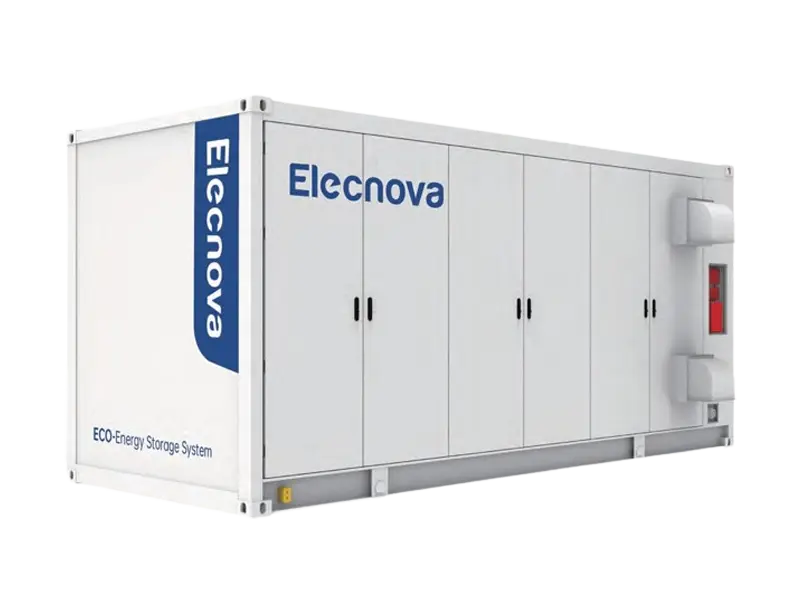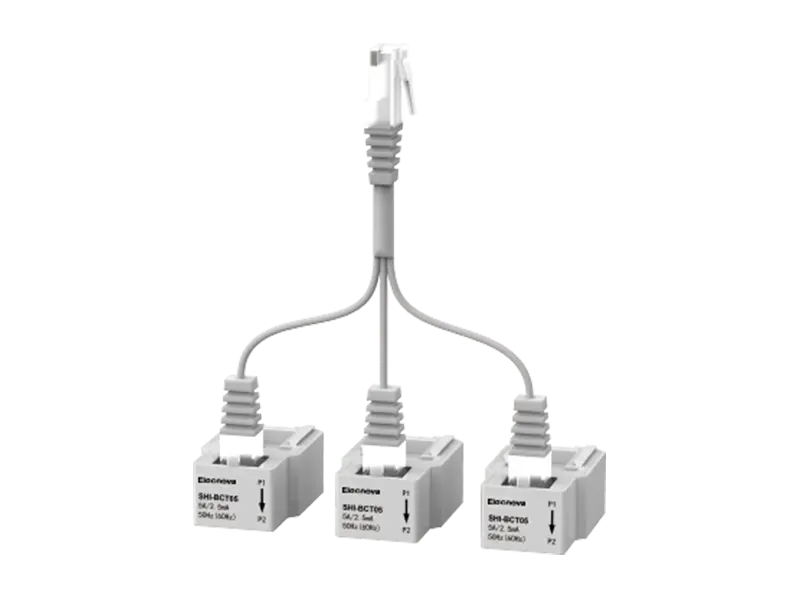1. Overview
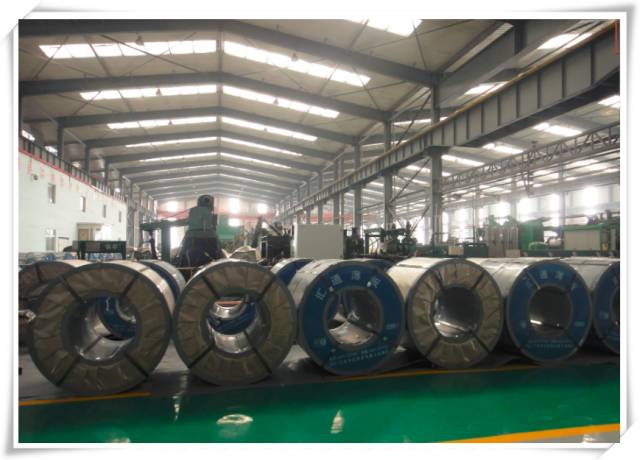
The development of modern industrial technology, especially in the automotive manufacturing industry, involves many high-power spot welding machines. When spot welding machines operate, their power factor is low, containing a large amount of reactive power and a small amount of harmonics, which has a negative impact on the operation of the power system.
Load characteristics of spot welding machines:
1. The action time of the spot welding machine is extremely fast, with a welding duration of several hundred milliseconds and a fast welding frequency;
2. During the welding process of a spot welding machine, depending on the welding material, the welding current instantly reaches several amperes to thousands of amperes, which has a significant impact on the power grid;
3. During the welding process of spot welding machines, huge reactive power is generated, resulting in a low power factor in the power grid.
2. Measurement data

3. Waveform diagram
Comparison of waveforms before and after SVG&LC reactive power compensation is put into operation:
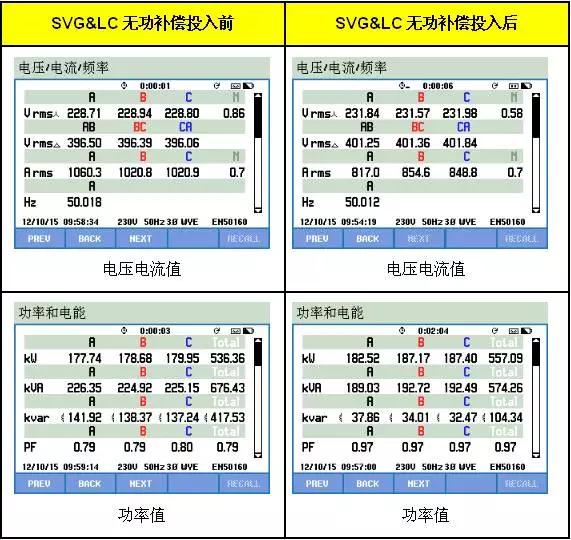
4. Introduction to SFR series SVG combined with LC reactive power compensation function
SVG combined with LC reactive power compensation is a new type of power electronic device used for dynamic compensation of reactive power. It can provide real-time compensation for dynamic reactive power, overcome the shortcomings of traditional LC reactive power compensation, and achieve reactive power compensation function. It is widely used in manufacturing, power, metallurgy, petroleum, ports, chemical and industrial enterprises, etc.
1. Quick response
Fast response is achieved by the SVG module, with SVG fast response time<50us and full response time<15ms;
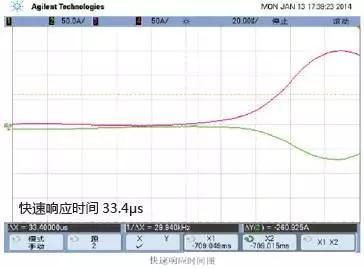
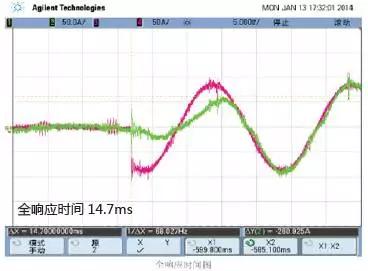
2. Good compensation characteristics
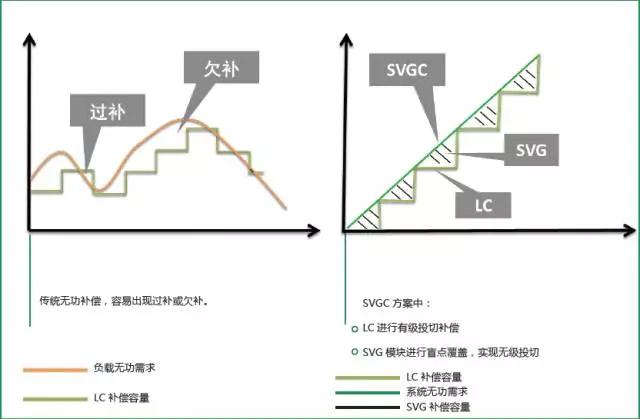
3. Good compensation effect
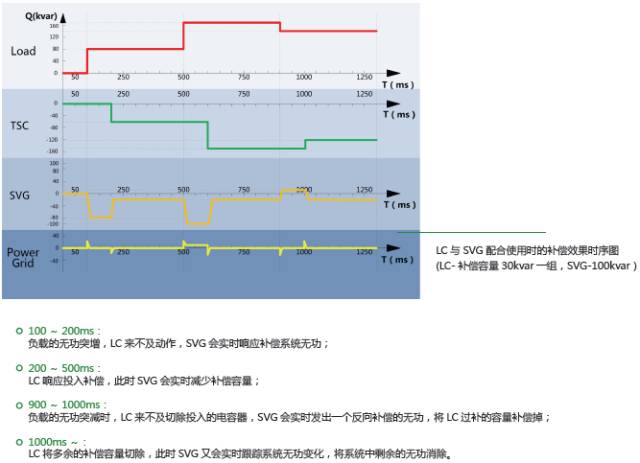
5. Design of SVG & LC reactive power compensation scheme
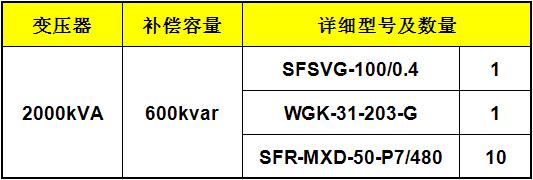
6. Project Summary
Completely and effectively solved the fast changing reactive power compensation of spot welding machines and other equipment. The power factor at the incoming cabinets of each transformer meets the requirements of national standards, purifying the electrical environment, ensuring the safe and stable operation of equipment, and greatly improving the effective utilization rate of electrical energy; Reduced distribution line losses, increased terminal voltage, and extended service life of cables and equipment.







































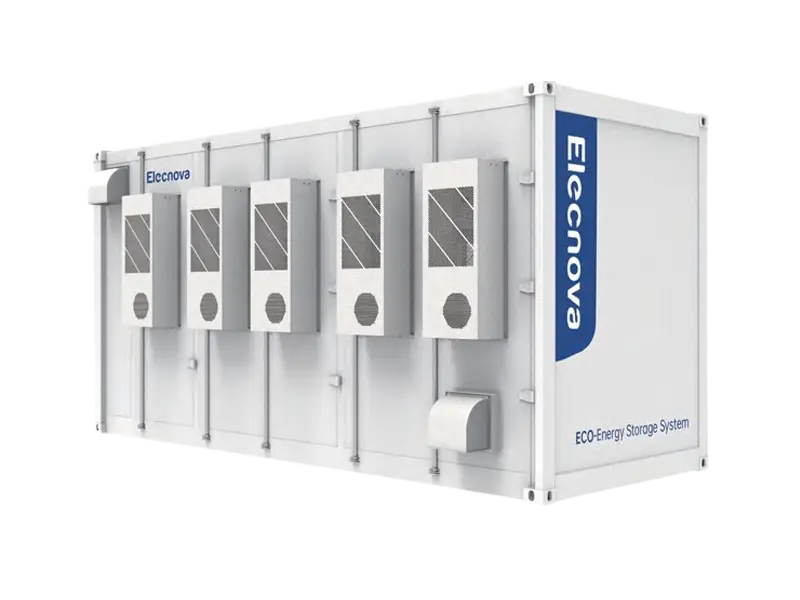
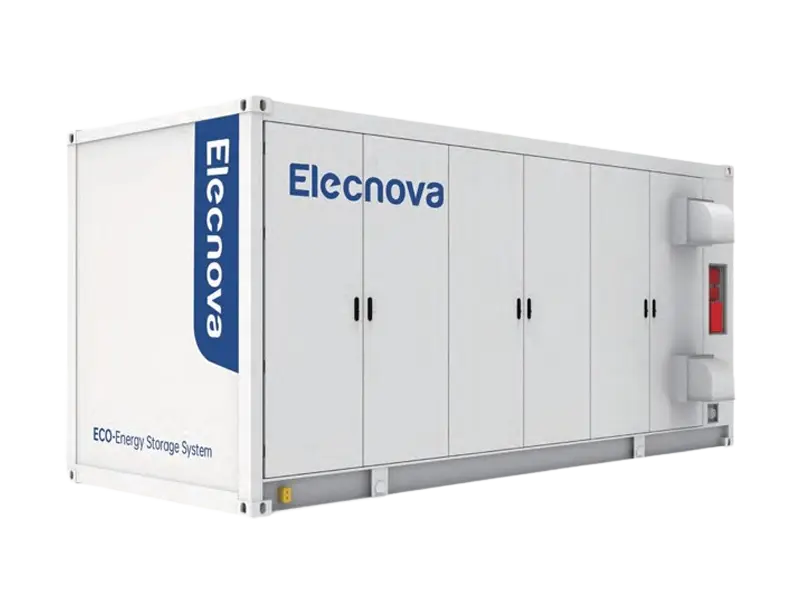
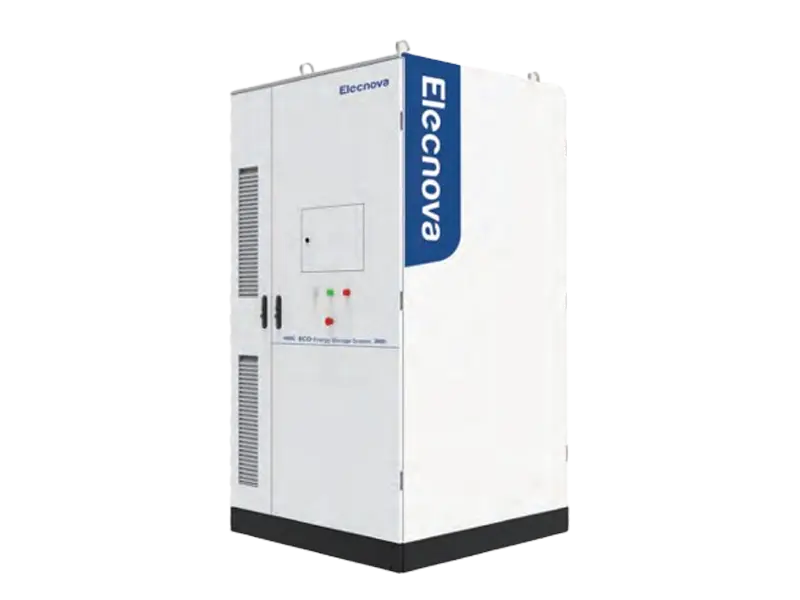
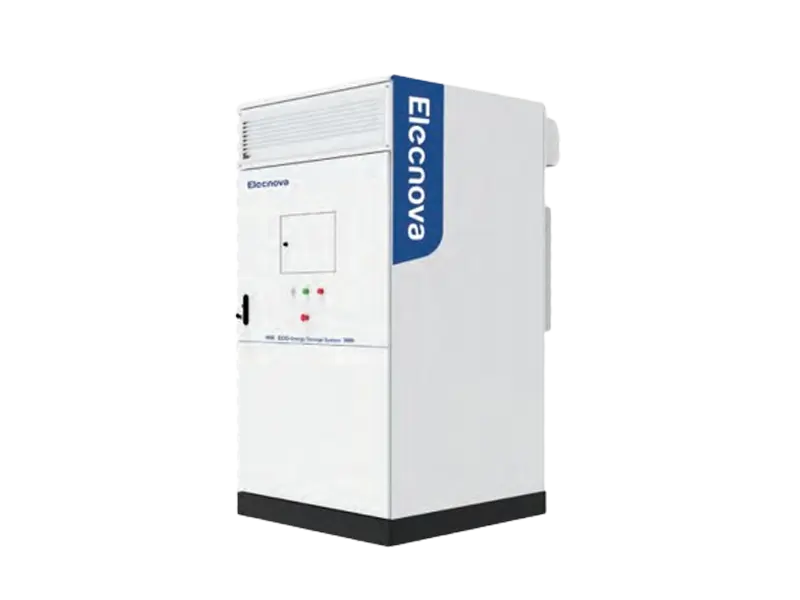
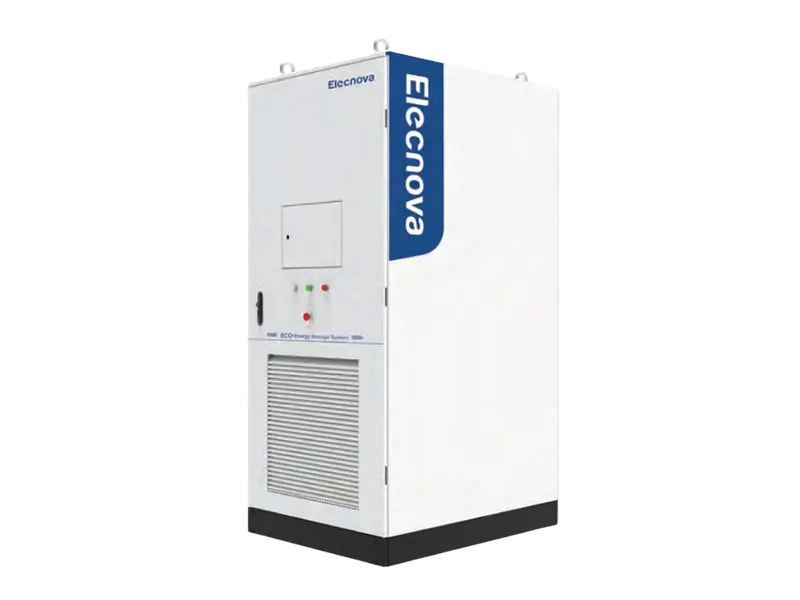

 CN
CN EN
EN
 fr
fr  de
de  es
es  it
it  ru
ru  ar
ar  vi
vi  tr
tr  th
th 







